Probably the most harmful bugs aren’t those you catch. Those your customers discover first are even worse. The injury has been performed—frustration, misplaced belief, churn. Conventional high quality assurance (QA) has lengthy been caught in a reactive loop: writing checks, working them, and fixing points discovered after deployment.
However what in case your checks may predict failure earlier than it occurs? What if machines may simulate actual person conduct, break your code in a secure atmosphere, and stop catastrophe earlier than it ever reaches manufacturing?
AI in QA is already reshaping how groups discover and repair points—much less prediction, extra prevention, all in actual time.
The Cracks in Conventional QA
Let’s begin with the outdated guard: handbook testing and rule-based automation. Handbook QA is invaluable for exploratory and usefulness testing, but it surely takes numerous time, is liable to errors, and doesn’t scale properly. In the meantime, scripted automation solely checks what it’s advised to—and it breaks simply when the UI modifications or surprising flows seem.
Most rule-based automation frameworks wrestle with:
- Upkeep overhead: Even minor UI or logic modifications can break scripts, requiring fixed updates that sluggish groups down.
- Protection gaps: Automation solely checks predefined paths—edge instances, alternate flows, and weird person conduct typically go untested.
- Inflexibility: Static scripts can’t adapt to evolving app conduct, dynamic information, or altering person patterns with out handbook intervention.
- Fragility throughout environments: Exams could go in dev or staging however fail in manufacturing because of delicate atmosphere variations like information states, timeouts, or integrations.
- Excessive scripting burden: Constructing and sustaining take a look at instances—particularly for complicated workflows—requires appreciable time and experience.
- Poor prioritization: Conventional frameworks run all checks equally, providing no steering on which areas of the app are at highest danger or most utilized by actual customers.
These limitations depart groups weak to regressions, slow-release cycles, and poor take a look at protection, particularly in agile, fast-moving environments.

What “AI in QA” Actually Means
The phrase AI in high quality assurance (QA) typically will get tossed round, however what does it truly contain?
At its core, we’re speaking about instruments and methods that be taught from patterns—previous take a look at outcomes, actual person information, and code modifications—and act on that studying. This will take a number of varieties:
- Machine studying fashions: Algorithms that predict the place bugs are prone to seem based mostly on historic information and code complexity.
- Self-healing checks: AI that detects when a locator has modified (e.g., a button’s ID) and updates the take a look at script robotically.
- Anomaly detection: Surfacing delicate shifts in system conduct based mostly on discovered patterns of what “regular” appears like.
- Good take a look at technology: AI builds focused take a look at instances by analyzing actual person journeys and figuring out gaps in protection.
It’s not about changing QA engineers; it’s about supercharging them with smarter, adaptive instruments that evolve alongside the product.
AI-Powered Testing Instruments and Use Circumstances
At the moment’s panorama is stuffed with instruments that deliver AI for software program testing to life. Listed below are a number of sensible examples:
- Testim and mabl: Apply machine studying to create resilient checks that robotically modify to evolving UIs—good for fast-moving groups delivery frequent interface modifications.
- Applitools Eyes: Makes use of visible AI to detect delicate visible regressions that human testers would possibly miss.
- Functionize: Makes use of pure language processing to show plain-English take a look at descriptions into automated take a look at scripts.
- Sealights: Presents take a look at affect evaluation to point out which areas of your code are untested or probably to interrupt.
These instruments assist groups shift from checking containers to really understanding and enhancing their protection.

Breaking Code Earlier than Your Customers Do
Right here’s the place issues get thrilling: AI doesn’t simply take a look at what you inform it to—it explores. Instruments skilled on person journeys can simulate how actual customers behave throughout numerous paths, together with those your workforce would possibly by no means assume to check.
This simulation-driven strategy catches:
- Unpredictable person flows that expose the sorts of failures solely AI-powered testing uncovers persistently.
- Flows which can be hardly ever accessed however nonetheless crucial (e.g., forgotten password, legacy settings).
- Combos of inputs or actions that produce unpredictable outcomes.
In managed take a look at environments, this sort of exploratory stress-testing by machines results in quicker suggestions and fewer surprises post-deployment. It’s like hiring a QA engineer who by no means sleeps and is aware of how your customers assume.
Pace, Scale, and Smarts: The Actual Benefits
Adopting AI testing instruments isn’t nearly automation. It’s about transformation. AI-driven QA brings real-world advantages that conventional testing struggles to match:
Benefits of AI-Powered QA
- Pace with intelligence: AI executes checks quicker, and it helps generate, prioritize, and adapt them in actual time, reducing down QA cycles with out sacrificing depth.
- Scalability at any stage: Whether or not you’re assessing one characteristic or rolling out throughout microservices, AI scales effortlessly, executing 1000’s of significant checks throughout browsers, units, and APIs.
- Improved signal-to-noise ratio: AI reduces false positives by understanding intent and context, not simply output—so groups spend much less time chasing non-issues.
- Steady studying and adaptation: With each run, AI refines its fashions based mostly on historic information, previous bugs, and person conduct—enhancing its capacity to foretell failures and improve future protection.
- Useful resource effectivity: AI-driven QA reduces the handbook burden on groups, permitting expert testers to give attention to technique, edge instances, and UX as a substitute of sustaining brittle scripts.
- Actual-world simulation: AI can mimic person journeys and utilization patterns at scale, providing you with a greater sense of how software program performs underneath actual circumstances, not simply ultimate situations.
By automating the repetitive and surfacing the dangerous, AI frees human testers to give attention to technique, exploratory testing, and general product high quality.

When—and The place—to Deliver AI Into Your QA Workflow
You don’t want a full overhaul to begin benefiting from automated QA instruments powered by AI. Many groups start with focused enhancements that shortly exhibit worth with out disrupting launch velocity:
- Visible regression testing: AI-powered visible validation instruments can shortly detect delicate UI shifts that break format or person circulate—ultimate for high-change frontends.
- Take a look at affect evaluation: AI helps determine which code modifications are probably to introduce bugs, permitting groups to prioritize testing for high-risk areas as a substitute of blindly working each take a look at.
- Good take a look at prioritization: Slightly than treating all checks equally, AI ranks them based mostly on actual utilization information, current code modifications, and historic failure charges—so QA effort is targeted the place it issues.
- Self-healing checks: When a component locator or identifier modifications within the UI, AI can robotically replace the take a look at script—lowering upkeep and take a look at flakiness.
- Anomaly detection in take a look at outcomes: AI can floor patterns in take a look at failures or runtime conduct that people would possibly overlook, serving to QA groups catch points earlier and with extra confidence.
The hot button is to combine AI incrementally, layering it on prime of present workflows the place it provides probably the most worth with out disrupting present velocity.
Actual Tales: When AI Caught What People Missed
In a single e-commerce platform case, AI-powered visible testing caught a format bug in Safari that handbook testing and scripted checks missed for weeks. A misaligned “Purchase Now” button induced person drop-off—however solely in particular viewport sizes.
In one other instance, a fintech firm used machine studying QA testing to determine that password reset emails had been sporadically failing because of a backend caching difficulty triggered by uncommon person conduct. The device flagged it based mostly on uncommon error clustering—one thing nobody had manually evaluated for.
These aren’t science fiction—they’re on a regular basis wins made doable by clever methods augmenting human effort.

Challenges and Dangers to Watch
AI in QA isn’t a silver bullet. It brings its personal challenges:
- False positives: AI might be overly delicate to modifications, flagging issues that aren’t bugs.
- Explainability: Understanding why the AI flagged one thing might be opaque, making belief a difficulty.
- Upkeep: Whereas AI can self-heal, the underlying fashions nonetheless require monitoring and retraining.
- Bias in coaching information: If historic take a look at information is flawed or incomplete, AI can replicate these gaps.
Mitigating these dangers means treating AI like a workforce member: helpful, highly effective, however not infallible.
Why AI and Human QA Work Higher Collectively
Let’s be clear—AI doesn’t change human testers. It enhances them. Machines are nice at velocity, scale, and sample recognition. People deliver context, creativity, and judgment.
The most effective QA methods in 2025 mix each. AI manages the routine, the high-volume, and the pattern-based work. People give attention to crucial considering, usability, and exploratory testing.
This partnership results in stronger releases, higher person experiences, and fewer 2 AM incident calls.
Able to Rethink Your QA Technique?
Synthetic intelligence is not a fringe concept in testing. It’s changing into an important infrastructure. Whether or not you’re a startup or a scaled enterprise, integrating AI into your QA workflows can dramatically enhance protection, scale back danger, and assist your workforce ship with confidence.
Attain out to Klik Gentle. Request a free session to evaluate your QA automation technique. See how one can combine AI into your processes for excellent merchandise on your shoppers.
Regularly Requested Questions

How does AI assist in QA testing?
AI helps by automating complicated take a look at situations, figuring out patterns that point out seemingly bugs, simulating person conduct, and predicting the place future points could come up—permitting groups to catch defects earlier and enhance take a look at protection.
Can AI fully change handbook testing?
No. Whereas AI can automate repetitive and high-volume duties, handbook testing stays important for exploratory, usability, and edge-case analysis. The purpose is augmentation, not alternative.
What are the very best AI-powered QA instruments in 2025?
High instruments embody Testim, mabl, Applitools, Functionize, and Sealights—every providing distinctive strengths in self-healing checks, visible validation, and clever prioritization.
Is AI in QA appropriate for startups or solely giant enterprises?
Startups can profit considerably, particularly from instruments with low-code setups or usage-based pricing. AI helps smaller groups scale quicker with out the overhead of huge QA departments.
What’s the ROI of integrating AI into your QA pipeline?
Groups typically report quicker take a look at cycles, diminished bugs in manufacturing, fewer handbook hours spent on upkeep, and improved product high quality—all contributing to larger buyer satisfaction and decrease price of failure.
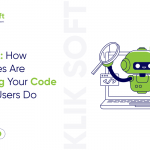
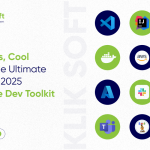





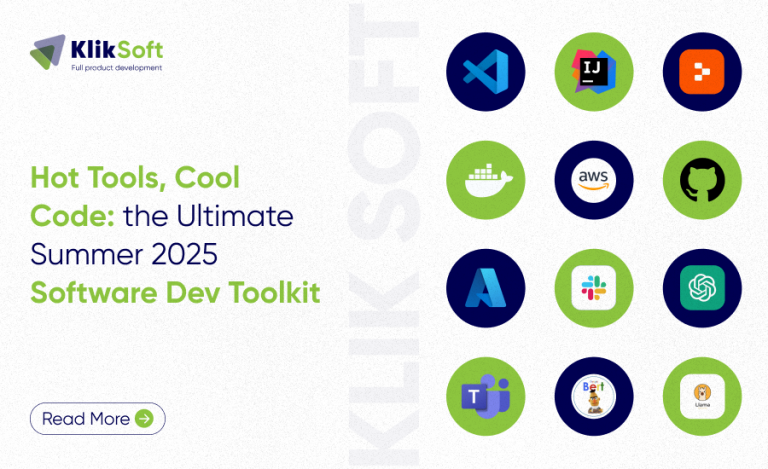
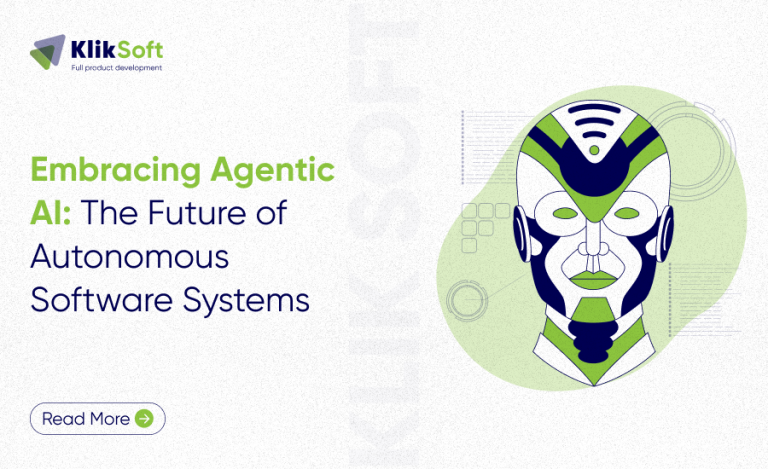
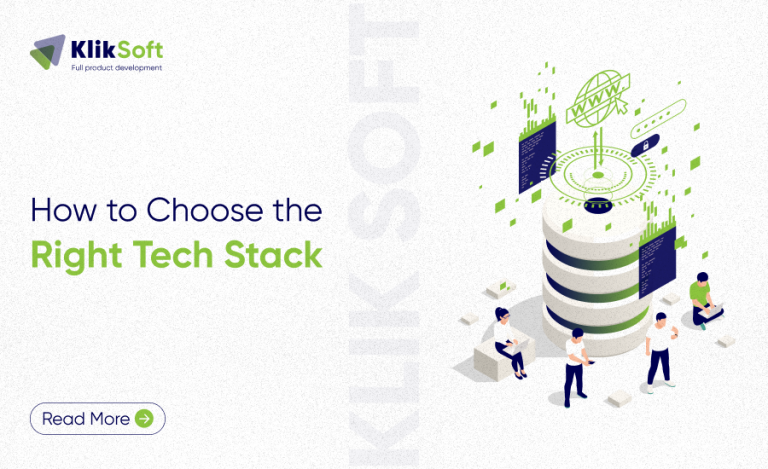

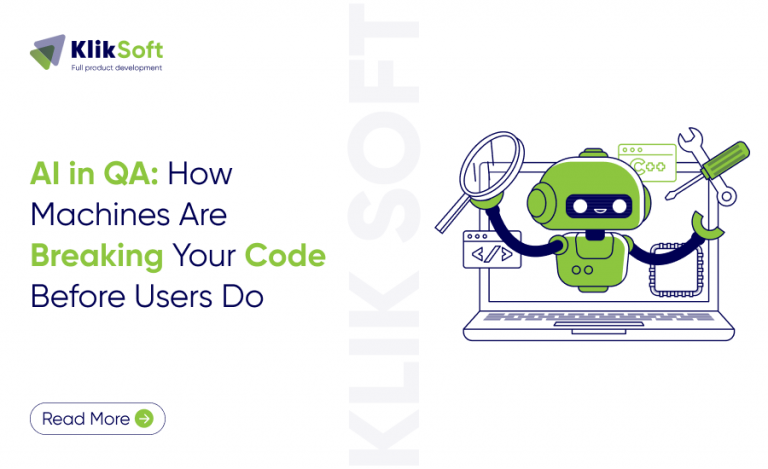

+ There are no comments
Add yours